The Green Road is a novel in two parts about leaving and returning home. A big house called Ardeevin, walking distance from an unnamed town on the coastline of County Clare, is home to the Madigan family. At the centre of the family is Rosaleen Madigan, the matriarch: ‘A woman who did nothing and expected everything. She sat in this house, year after year, and she expected.’
The novel begins with the thwarting of one of Rosaleen’s expectations. She has taken to her bed in 1980 after Dan, the eldest of her four children, has announced that he is going to become a priest. Each of the first four chapters focuses on a Madigan sibling — Hanna, Dan, Constance, Emmet — and maps the escape routes they take out of rural Ireland in adult life.
The sibling stories span the years 1980–2002 and locations as diverse as Limerick, New York and Ségou, Mali. Aside from faint family resemblances, these could be separate short stories. Dan turns out to be a ‘spoilt priest’, abandoning his seminary for life in New York’s gay community at the height of the Aids epidemic: ‘We did not want to be loved when we got sick, because that would be unbearable, and love was all we looked for, in our last days.’
Emmet leads an itinerant life as an aid worker, failing to settle in Ségou with his kind-hearted girlfriend. Both are drawn to suffering. ‘He wanted to tell her that starvation does not smell sweet, the way death smells sweet. There’s a chemical edge to it, like walking past the hairdresser’s at home.’
The sisters, Hanna and Constance, stay in Ireland, being mothers. Hanna is a depressive alcoholic who fantasises about jumping into the sea with her baby. Constance has a cancer scare and waits for her mammogram thinking, ‘Who will look after the children if I die?’
The four disparate lives are pulled back together when Rosaleen announces at Christmas 2005 that she is going to sell the house. She inherited Ardeevin from her wealthy pharmacist father. She has long since moved out of the big bedroom, ‘chased into a corner by her own house’. But looking at the mahogany bed in which she was conceived, the bed where her father died, which became her marriage bed, she remembers ‘all the pomp of her family life: kisses, fevers, broken waters, the damp of their lives, the sap’.
Anne Enright is a novelist of the domestic and emotional interior. Her precise prose captures the contours of conflicted feeling. Like her Man Booker winning The Gathering (2007), this new family saga is beautifully executed. At first it seems relentlessly black, but there are fine seams of wit and colour, art and literature, woven through the text that make it gleam, almost glow in the dark. Death is the preoccupation that all the Madigans share. Ultimately the fact of it unites them in life-loving defiance: ‘Because death is not the worst thing that can happen to you. Everyone dies. It’s the timing that matters. The
first and second of it. The order in which we go.’
Got something to add? Join the discussion and comment below.
Get 10 issues for just $10
Subscribe to The Spectator Australia today for the next 10 magazine issues, plus full online access, for just $10.
Available from the Spectator Bookshop, £14.49 Tel: 08430 600033
You might disagree with half of it, but you’ll enjoy reading all of it. Try your first month for free, then just $2 a week for the remainder of your first year.

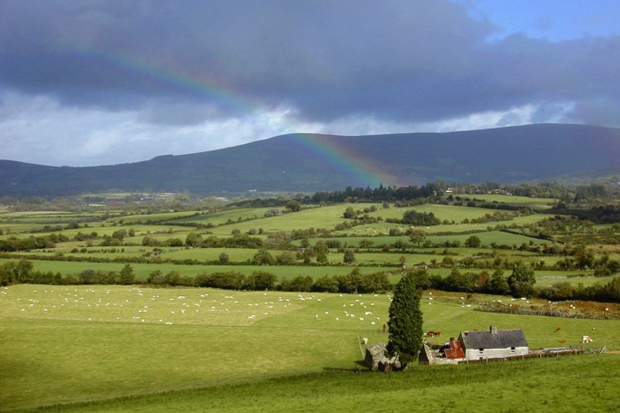
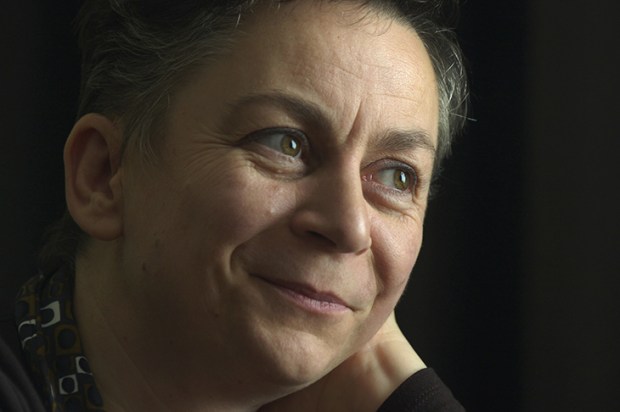

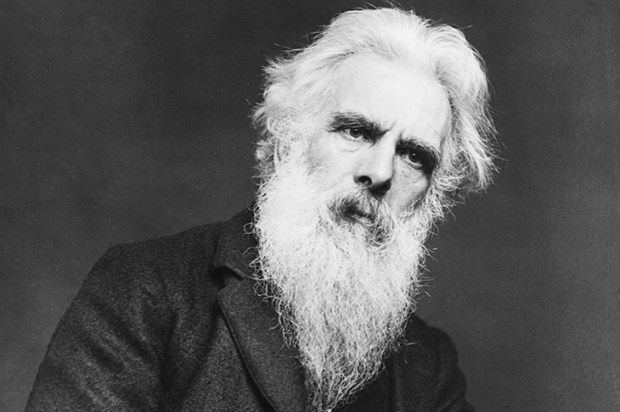
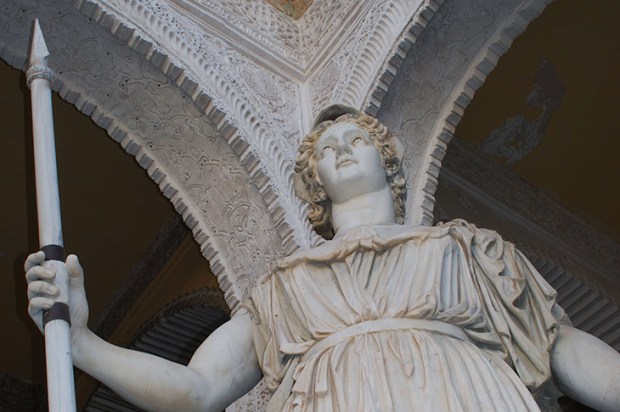
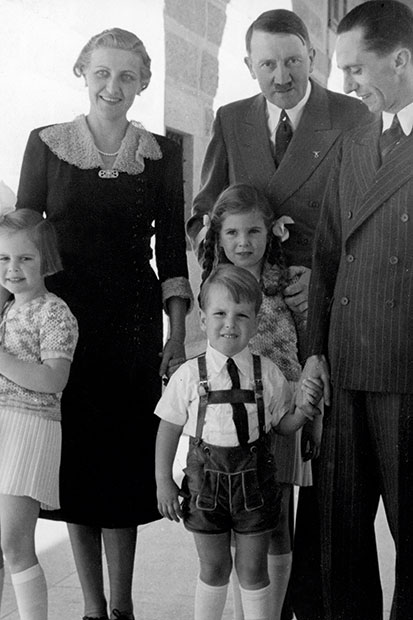







Comments
Don't miss out
Join the conversation with other Spectator Australia readers. Subscribe to leave a comment.
SUBSCRIBEAlready a subscriber? Log in